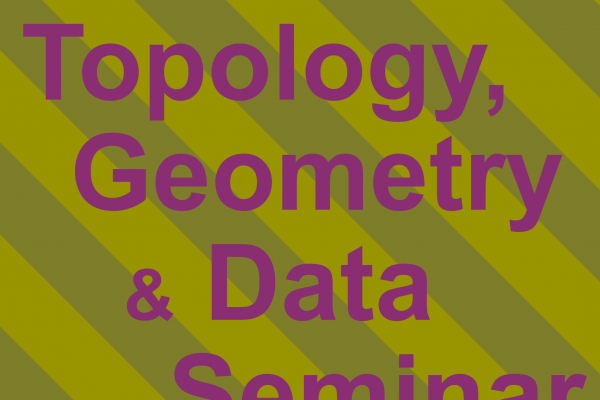
Title: Filtration Simplification for Persistent Homology via Edge Contraction
Speaker: Ryan Slechta (Ohio State University, CSE)
Abstract: Persistent homology is a popular data analysis technique that is used to capture the changing topology of a filtration associated with some simplicial complex $K$. These topological changes are summarized in persistence diagrams. We propose two contraction operators which when applied to $K$ and its associated filtration, bound the perturbation in the persistence diagrams. The first assumes that the underlying space of $K$ is a $2$-manifold and ensures that simplices are paired with the same simplices in the contracted complex as they are in the original. The second is for arbitrary $d$-complexes, and bounds the bottleneck distance between the initial and contracted $p$-dimensional persistence diagrams. This is accomplished by defining interleaving maps between persistence modules which arise from chain maps defined over the filtrations. In addition, we show how the second operator can efficiently compose across multiple contractions. We conclude with experiments demonstrating the second operator's utility on manifolds.
Joint work with: Tamal K. Dey, CSE OSU
